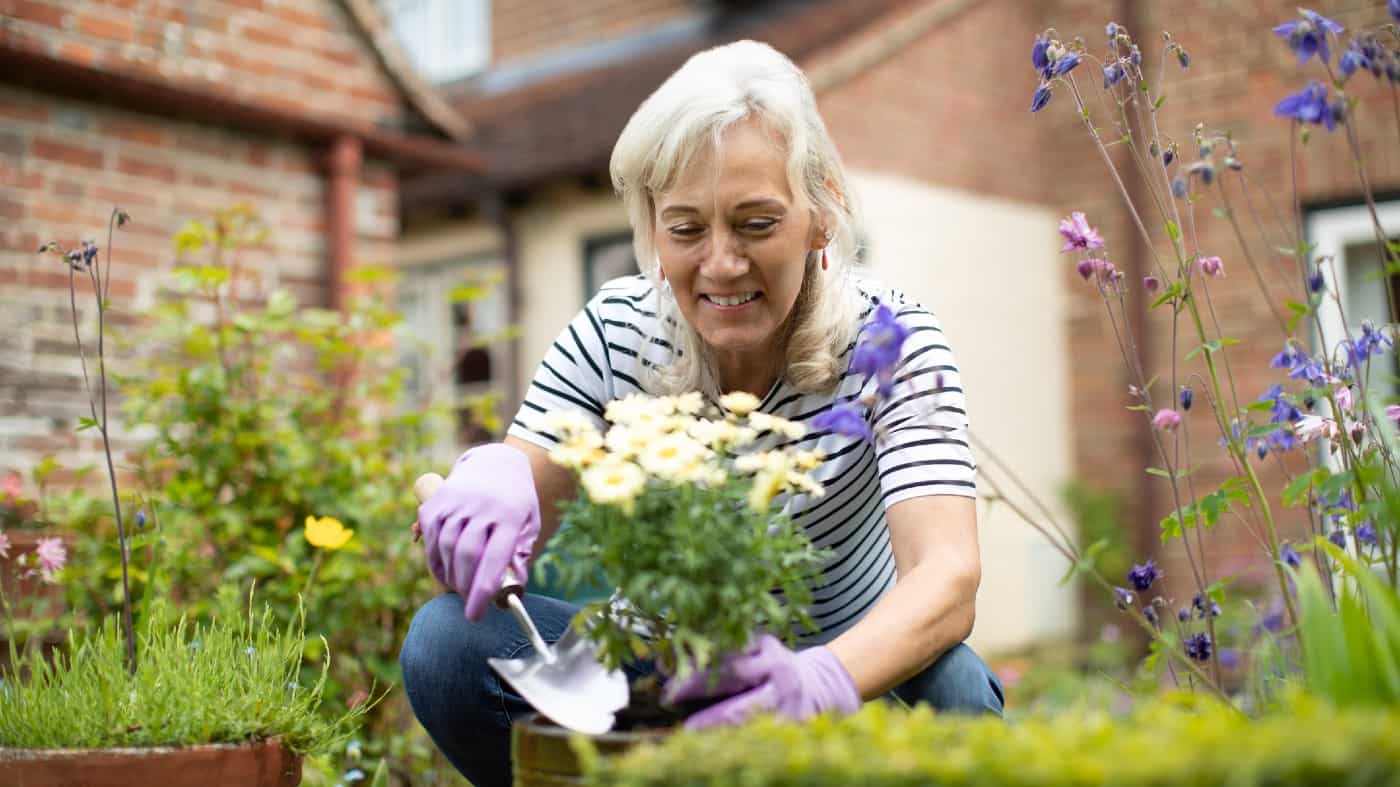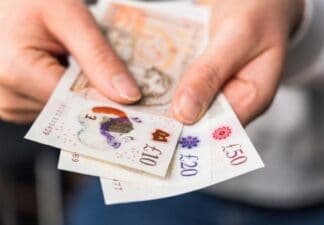Self-Invested Personal Pensions (SIPPs) are a powerful retirement wealth-building tool unique to British investors. This special type of investment account provides substantial tax relief and allows a pension pot to grow undisturbed by the taxman. Needless to say, these are the perfect conditions for compounding to work its magic.
There are some limitations regarding when this money can be accessed again. As the name implies, this is a pension-saving instrument, which means investors can only access their earnings after turning 55. And taxes do eventually re-enter the picture when it’s time to start spending this wealth.
However, prudent planning can account for these constraints. And using the long-time horizon can eventually generate an impressive retirement income stream, even with just £5k put aside today. Here’s how.
Please note that tax treatment depends on the individual circumstances of each client and may be subject to change in future. The content in this article is provided for information purposes only. It is not intended to be, neither does it constitute, any form of tax advice. Readers are responsible for carrying out their own due diligence and for obtaining professional advice before making any investment decisions.
Buying quality dividends
Achieving a passive income inside a SIPP is the same process as with any investment account. By snapping up a collection of dividend shares, regular payments can be expected typically on a quarterly basis. But unless an investor is over the withdrawal age limit, money received from dividends can’t actually be spent yet.
Instead, investors can either let this cash accumulate inside a SIPP or be automatically reinvested into the company that paid it. The latter option is how to put compounding on steroids.
Why? Because the next time a business pays its dividends, the investor will own more shares, leading to a higher payout. This process is repeated in an endless wealth-building loop.
But this only happens if dividends don’t get disrupted – something that can happen at any time. As tempting as high-yield opportunities might seem, they’re ultimately worthless if a firm can’t maintain these payouts. Fortunately, determining the sustainability of shareholder payouts is quite straightforward.
Dividends are funded from free cash flow (FCF). So a quick glance at the financial statements to compare the amount of dividends paid versus FCF can reveal any glaring problems. If the gross dividends paid make up a large chunk of FCF, or exceed it, it’s usually a strong signal that a cut, or even suspension, might lie ahead.
Reducing risk
In the grand scheme of things, £5,000 is not a lot of money. But it’s more than enough to kick-start a fairly diversified retirement income portfolio.
By spreading this capital across multiple businesses in different industries, the level of overall risk exposure is reduced drastically. After all, should an industry or a particular company suffer disruption, the other firms within the portfolio can offset the negative impact.
Diversification can also be taken a step further by investing in businesses which operate in different countries. By focusing solely on those thatoperate within the UK, a portfolio becomes overly exposed to British political and monetary policy risk. However, British businesses which operate internationally in the US, Europe, or even the Middle East can provide powerful risk-reduction benefits.








